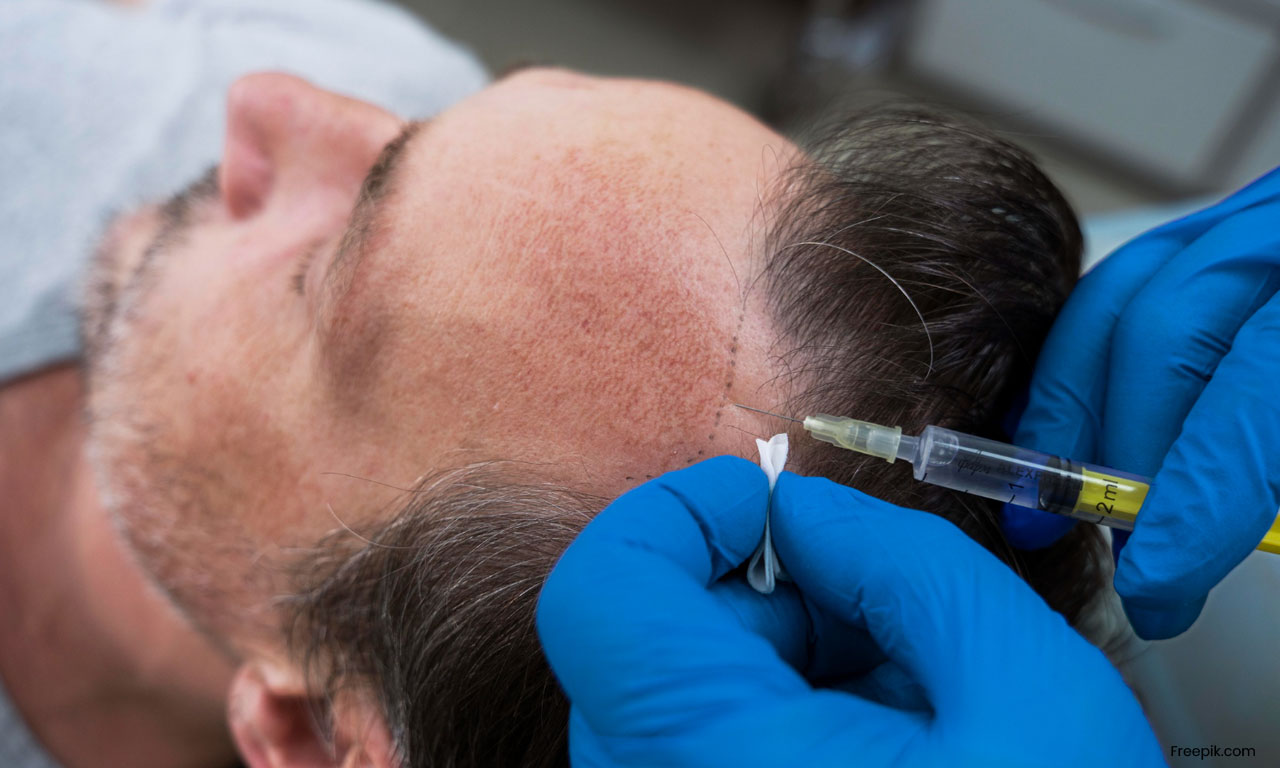Hair Restoration for Men: What Works Best?
-
admin
- Posted on

Hair loss is a common concern among men, affecting their self-esteem and confidence. While embracing baldness is certainly an option, many men seek effective hair restoration methods to regain their full head of hair. Fortunately, there are several options available, including medications like finasteride and minoxidil, as well as surgical interventions. In this blog, we’ll delve into these options and discuss what works best for men looking to restore their hair.
-
Medications:
- Finasteride (Propecia):
Finasteride is an FDA-approved oral medication that has shown considerable success in treating male pattern baldness. This prescription drug works by inhibiting the action of the hormone dihydrotestosterone (DHT), which is responsible for shrinking hair follicles and causing hair loss in men. By reducing DHT levels, finasteride can slow down hair loss, promote hair regrowth, and maintain existing hair. Many men have reported positive results with finasteride, making it one of the most widely used treatments for hair restoration.
- Minoxidil (Rogaine):
Minoxidil is a topical over-the-counter medication that comes in various forms, including liquid and foam. It works by increasing blood flow to the hair follicles, thereby promoting hair growth. Minoxidil is effective for some men, especially when used consistently and as directed. It may not provide as dramatic results as finasteride, but it is a safe and accessible option for those looking to combat hair loss. Minoxidil is often used in combination with finasteride for enhanced results.
- Finasteride (Propecia):
-
Surgical Interventions:
- Hair Transplantation:
Hair transplantation is a surgical procedure that involves extracting hair follicles from one part of the body (usually the back of the head) and transplanting them to the bald or thinning areas. This method offers a more permanent solution for hair restoration. The two most common types of hair transplant procedures are Follicular Unit Transplantation (FUT) and Follicular Unit Extraction (FUE). FUE is the more popular choice because it leaves minimal scarring and offers a faster recovery time. Hair transplantation can provide natural-looking results, but it can be costly and requires careful consideration of the potential risks and benefits.
- Platelet-Rich Plasma (PRP) Therapy:
PRP therapy is a non-surgical option that involves drawing a small amount of the patient’s blood, processing it to concentrate the platelets, and then injecting the platelet-rich plasma into the scalp. The growth factors in PRP can stimulate hair follicles, promote hair regrowth, and improve the overall quality of the existing hair. PRP therapy is a minimally invasive procedure with little downtime. While the results may vary among individuals, some men have experienced positive outcomes with this method.
- Hair Transplantation:
-
Lifestyle and Hair Care:
In addition to medications and surgical interventions, lifestyle and hair care play a crucial role in maintaining a healthy head of hair. A balanced diet rich in essential nutrients, regular exercise, and stress management can help promote overall well-being and healthy hair. Using gentle hair care products and avoiding excessive heat styling or harsh chemical treatments can also prevent further hair damage.
In conclusion, the choice of the most effective hair restoration option for men varies from person to person, depending on factors like the extent of hair loss, budget, and personal preferences. Medications like finasteride and minoxidil can be effective in slowing hair loss and promoting regrowth, while surgical interventions such as hair transplantation offer a more permanent solution. PRP therapy and lifestyle changes can complement these treatments to achieve the best results.
Before making any decisions about hair restoration, it’s essential to consult with a healthcare professional or a hair specialist to determine the most suitable approach for your specific needs. Ultimately, the best course of action will depend on your individual circumstances and goals for hair restoration.






